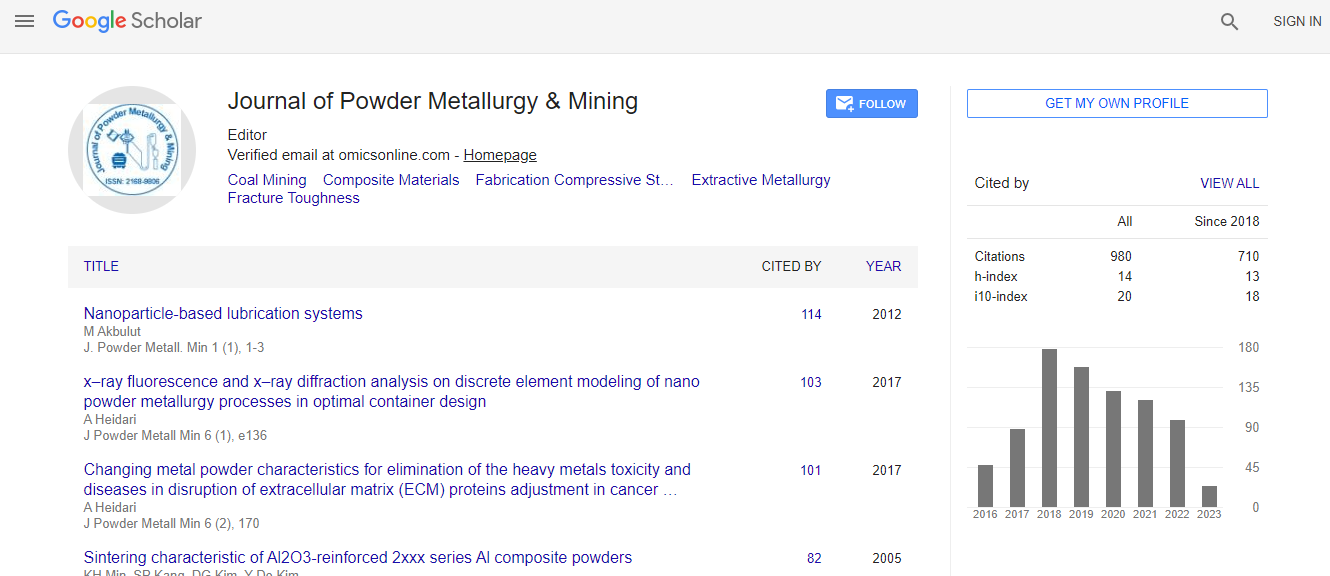Industrial Engineering 2016: Scheduling of multiple robots for a parallel assembly line using minimum cost network flow- Hamed Fazlollahtabar- Mazandaran University of Science and Technology
*Corresponding Author:
Copyright: © 2020 . This is an open-access article distributed under the terms of the Creative Commons Attribution License, which permits unrestricted use, distribution, and reproduction in any medium, provided the original author and source are credited.
Abstract
Abstract:
This research proposed a parallel automated assembly line system to produce multiple products having multiple autonomous guided vehicles (AGVs). Many assembly lines are configured to produce multiple products in which the technologies of machines are shared among the assembly lines when required. This transportation between the stations in an assembly line (intra assembly line) and among stations in different assembly lines (inter assembly line) are performed using AGVs. The scheduling of AGVs to service the assembly lines and the corresponding stations are purposed. The proposed problem the assignment of multiple AGVs to different assembly lines and the stations are performed using minimum-cost network flow (MCF). It optimizes weighted completion time of tasks for each short-term window by formulating the task and resource assignment problem as MCF problem during each short-term scheduling window.
An automatic guided vehicle (AGV) is an unmanned, computer-controlled mobile transport unit used for material handling and transportation in a wide range of industries. In addition, known as a self-guided vehicle or self-propelled vehicle, an AGV is a vehicle that is powered by a battery or an electric motor and is able to perform tasks without human supervision or operation. AGV manufacturers program AGVs to drive to specific points and perform designated functions such as load transferring, small components assembling, pallet loading and transportation, towing or lifting products and tooling change out, without the aid of a human driver. Autonomous guided vehicles are becoming increasingly popular worldwide in applications that call for repetitive actions over a distance or for transporting extremely heavy loads and are commonly used as alternative for fork lifts, conventional conveyor systems, and manually powered push-pull carts. AGV systems provide great benefits in terms of increasing efficiency and reducing human error, and varieties of AGVs, such as material handling robots, automatic guided carts, and transfer cars, are used in the place of manual labor for a number of applications. Automated guided vehicles are also commonly used as automatic guided military vehicles and armored vehicles in defense industries or for clean room applications in which human presence may be undesirable. Industries, such as aerospace, automotive assembly, general manufacturing, mail and newspaper, food and beverage processing, and components assembly, all use types of guided vehicles to help improve work flow. Fixed sequences of operations with manual and automated tasks being repeated, within each cycle, have become the industrial assembly practice for a long time. In the automotive assembly, typically, different vehicles are assembled with the use of the same assembly line. Such assembly systems are characterized by their ability to assemble different models of a given product without holding large inventories (Kim and Jeong, 2007; Makris et al., 2012; Michalos et al., 2014). This paradigm is very efficient when its production is set to the maximum throughput, but cannot cope well with technical problems and malfunctions. Specifically, in industries with increased complexity (e.g., the automotive, the whitegoods, the electronic assembly, the aerospace, etc.), a holistic perspective of the main manufacturing attributes is required to be considered in manufacturing decisions concerning cost, time, quality, and flexibility. Flexibility is the key to adapting to the changes taking place in the market and in global economic environment (Chryssolouris, 2006).
The product with the largest completion time shows the makespan of the schedule considered in this example. Time is shown in minutes form for better computation. In this example, products are arranged in a sequence generated by the working algorithm. Whenever an AGV is engaged in an operation, the waiting time of the product to be operated by that AGV is added to the total processing time of a product. The product with the largest completion time shows the makespan of the schedule considered in this example. Time is shown in minutes form for better computation. In this example, products are arranged in a sequence generated by the working algorithm. The proposed model may be regarded as a framework suitable for extension and application to other industrial system such as container terminals, warehouse system, etc.
The present work is focused on scheduling of AGVs in an FMS environment using MCF heuristic algorithm. The scheduling of AGVs using MCF algorithm aims at minimizing the completion time considering delay time as well as makespan (processing) time. A comparison based on this algorithm has been carried out with some scheduling rules. The algorithm has been encoded in CPLEX and Matlab 7.1 edition. The algorithm has proved to be efficient in many of the bench mark problems addressed in the literature. The computational time has been reasonable and the solutions obtained are optimal. Although the obtained results are useful, further research is needed to achieve the demanded level of reliability imposed by the complexity of the transportation task itself. For further research, detailed analytical models of failure occurrence are used when the equipment breakdown could develop in updating the AGV and station schedule to improve the performance further. The proposed model may be regarded as a framework suitable for extension and application to other industrial system such as container terminals, warehouse system, etc.
Note: This work is partly presented at 3rd International Conference and Exhibition on Industrial Engineering, November 14-15, 2016 Dubai


